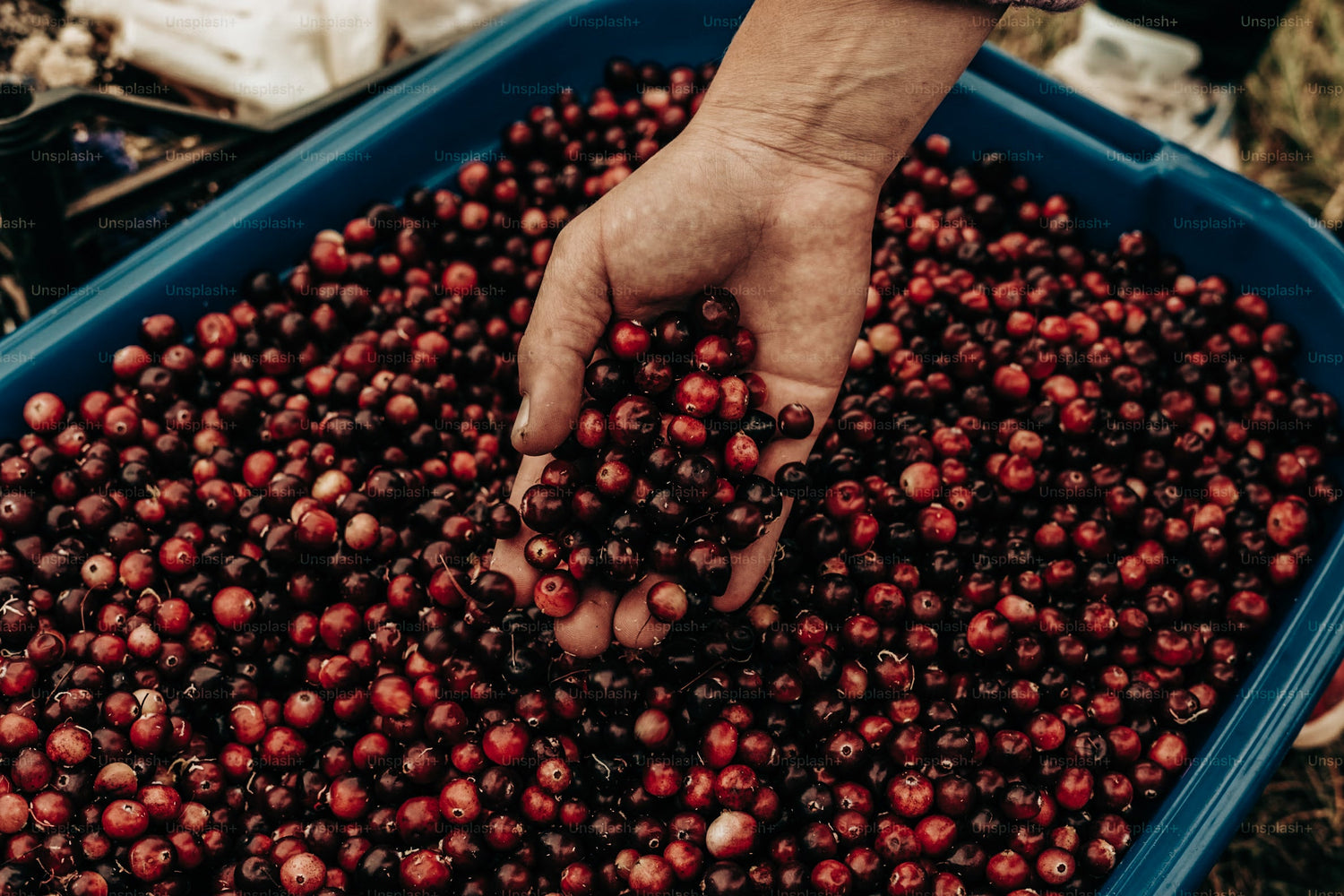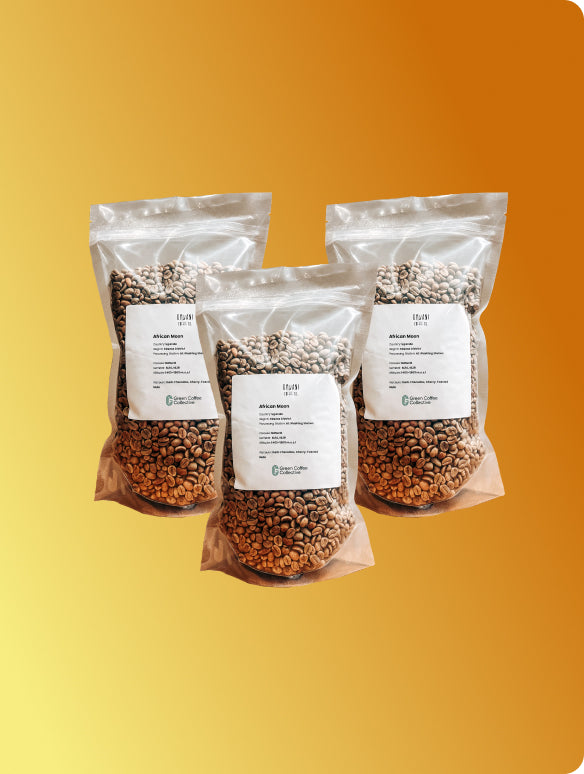
Tanzania Green Coffee Beans
Tanzania produces mostly washed Arabica, grown across high-altitude regions such as Kilimanjaro, Arusha, Mbeya and Mbinga. It’s one of the few origins closely associated with peaberry lots - where single, rounded seeds are separated during milling and sold as a distinct grade. While peaberries themselves are not inherently higher quality, careful sourcing can reveal coffees with lively acidity, structured sweetness and clear fruit character. When processed and stored well, Tanzanian coffees can be bright and expressive, with some overlap in style with neighbouring Kenya.
Your guide to Tanzania Green Coffee Beans
-
What does Tanzanian coffee taste like?
-
Where is coffee grown in Tanzania?
-
What is Tanzanian Peaberry coffee?
-
How did coffee production develop in Tanzania?
-
What are the main varieties?
